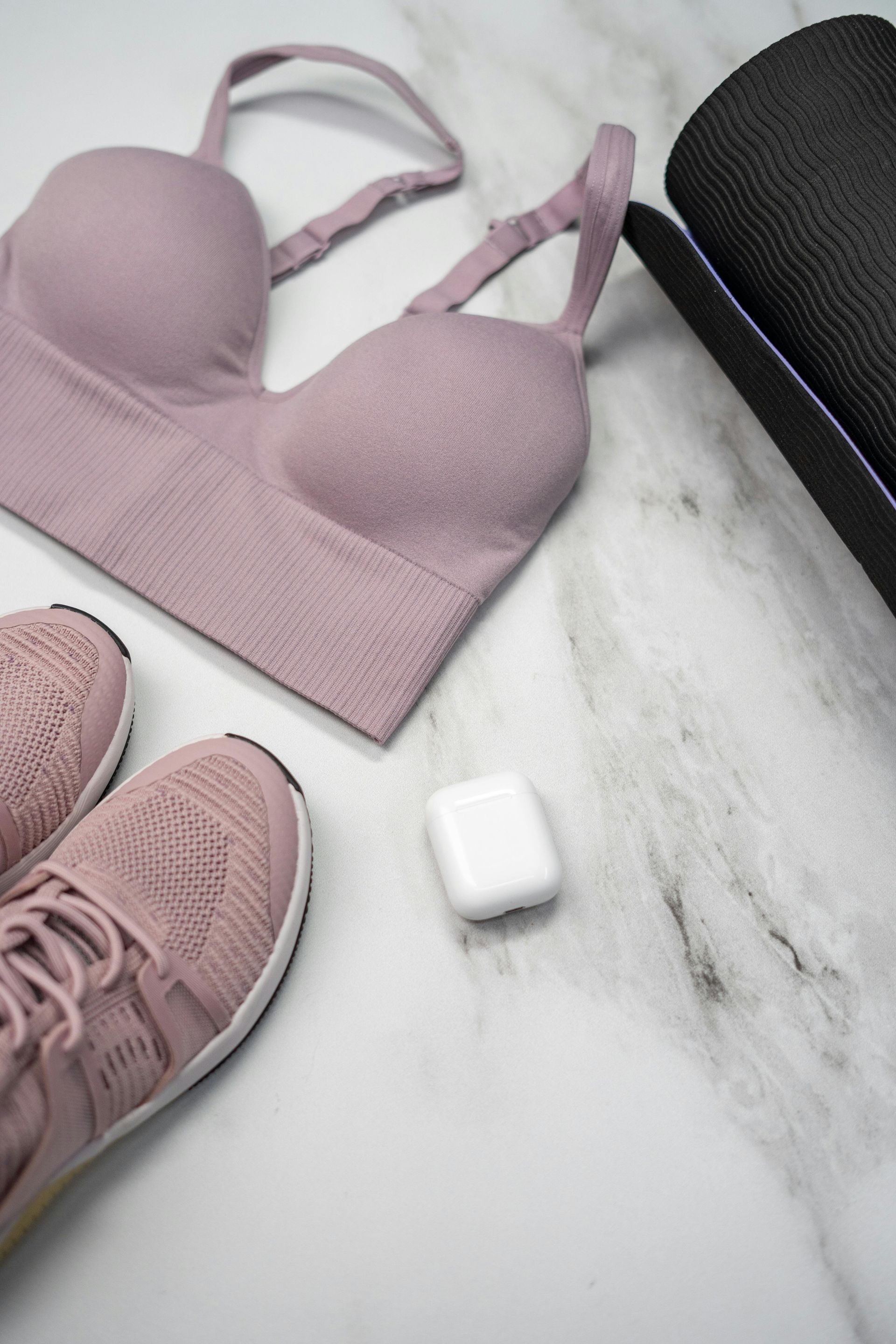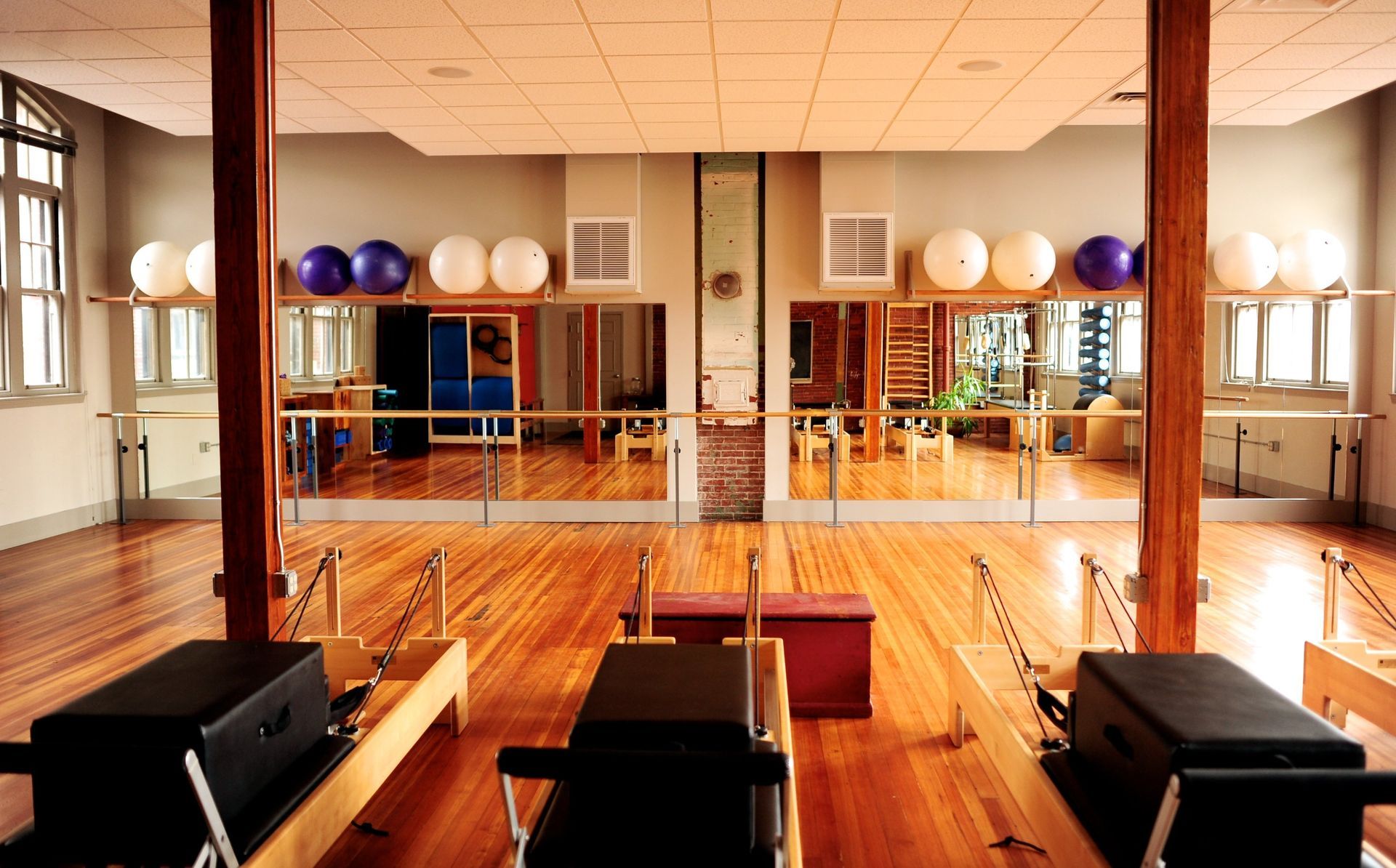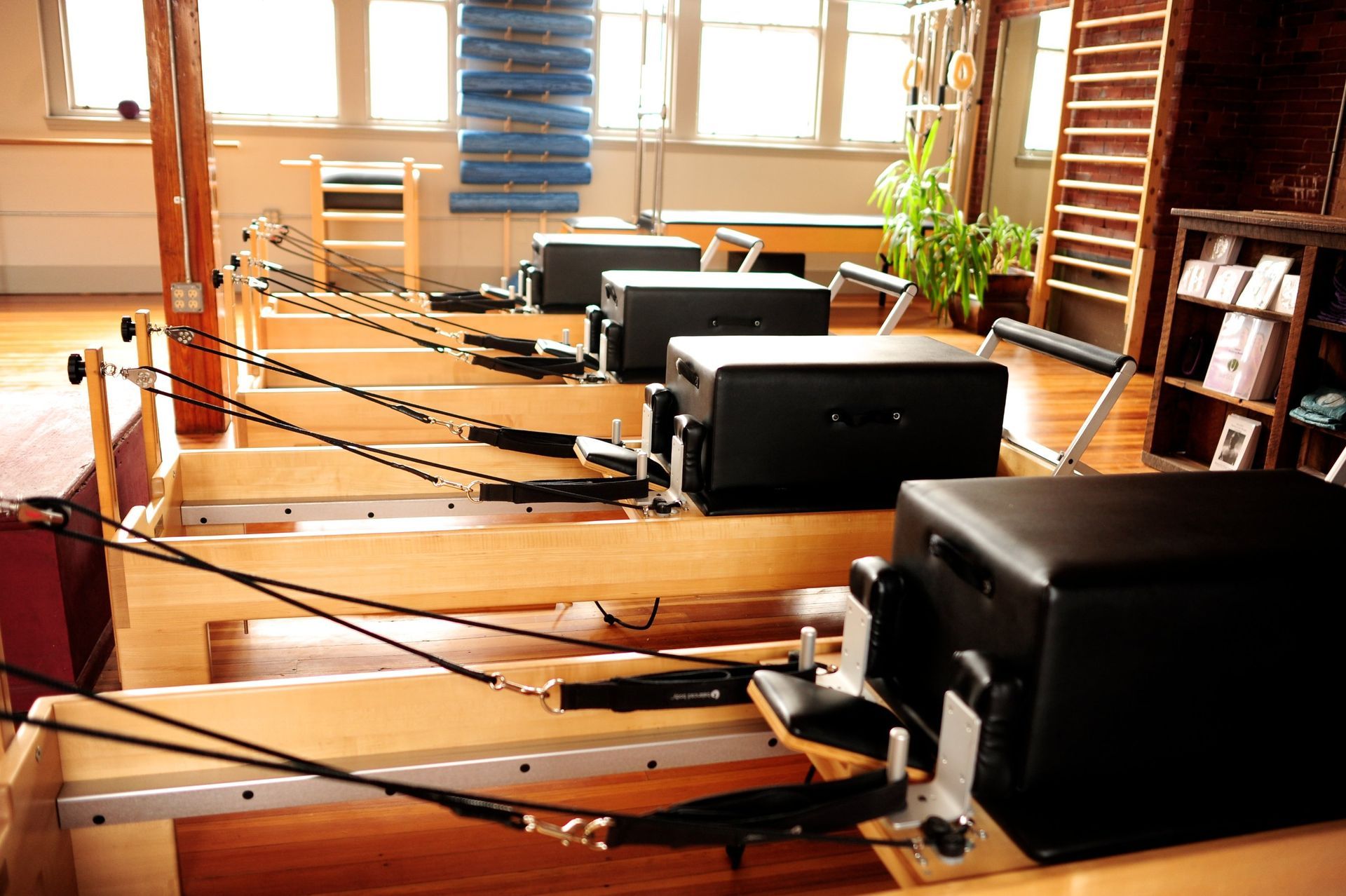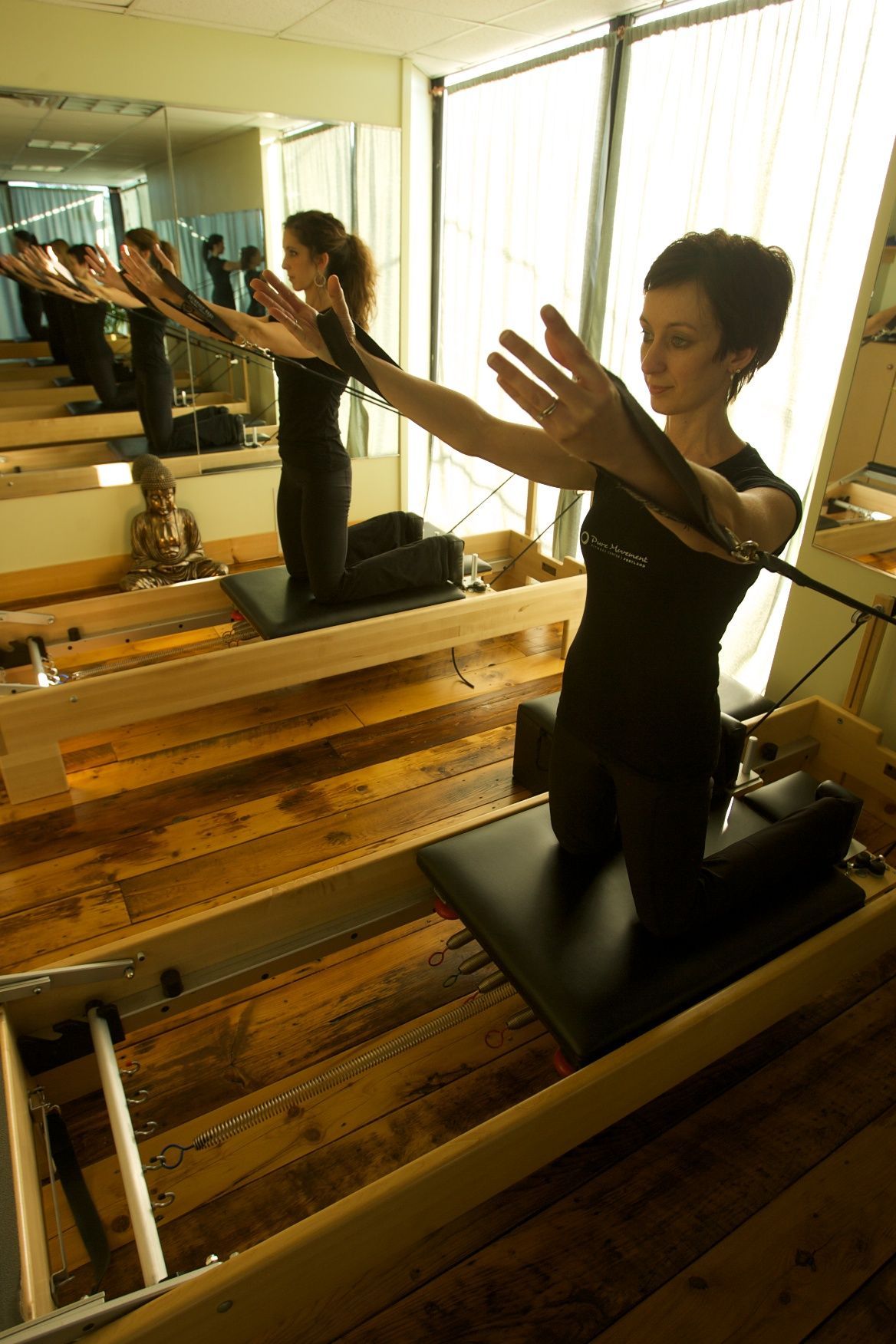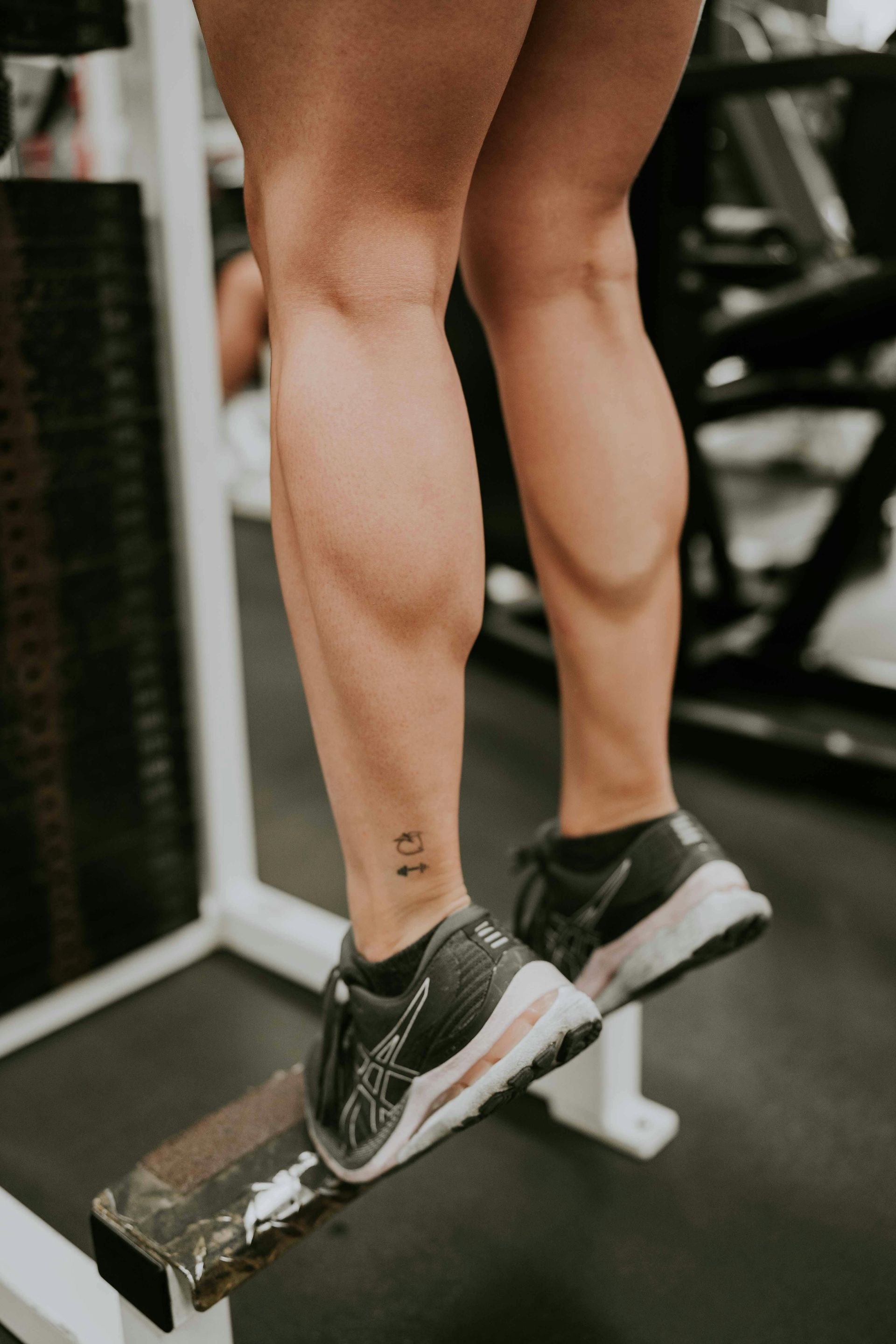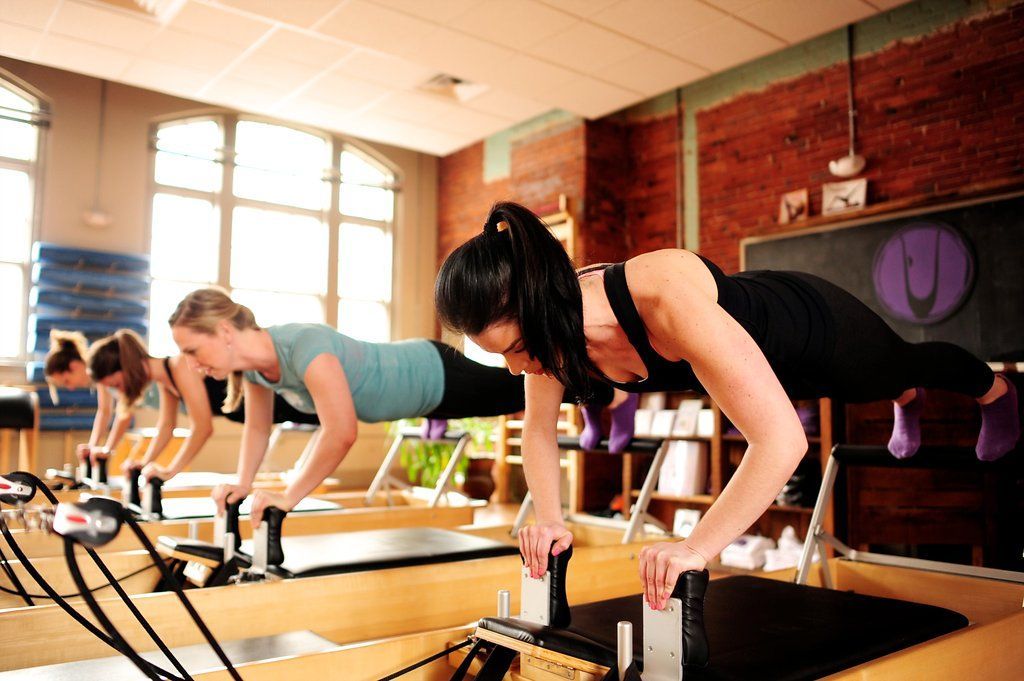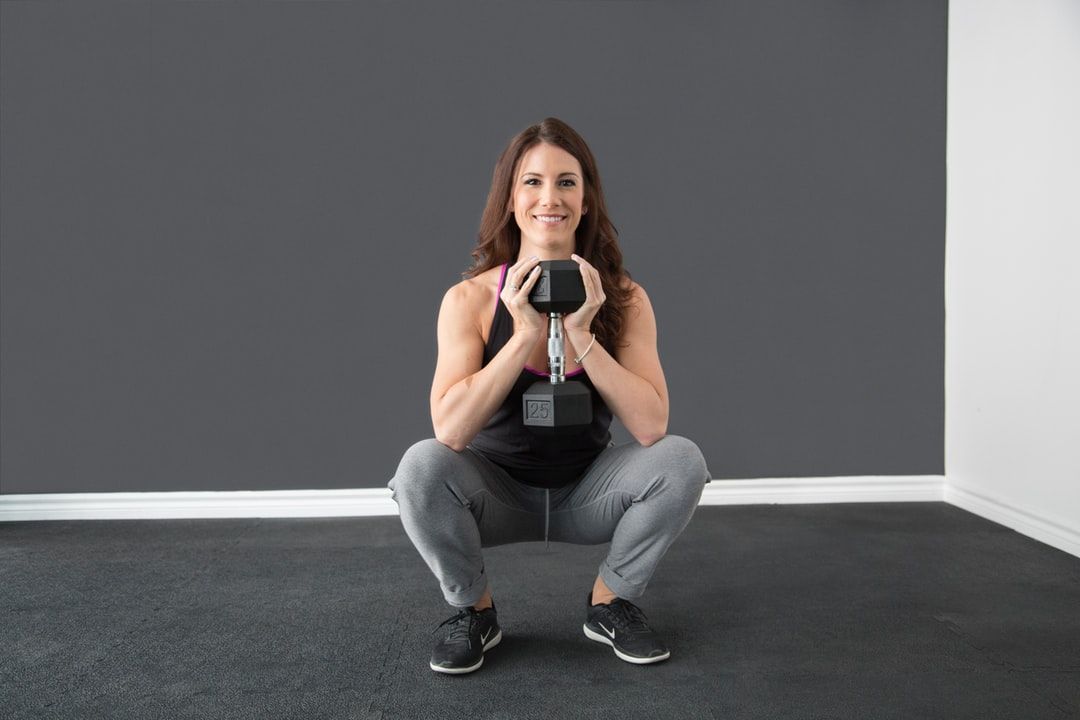Stop letting the Quads dominate!
Why Fatigue Is the Fix
You know the feeling: that front-of-the-thigh burn that creeps in early and stays loud. In classes like Barre or Pilates, the quadriceps are often the first to fire and the last to quit—and that’s exactly the problem.
While strong quads are essential for daily function and athletic performance, they love to take over. And when they do, they crowd out deeper, more stabilizing muscle groups—like your glutes, hamstrings, and abdominals. This can lead to faulty movement patterns, decreased mobility, and even knee and hip pain.
So what’s the solution?
We fatigue them—on purpose.
Why We Want to Fatigue the Quads
When the quads are fresh, they dominate. They’re big, powerful, and eager to help. But when we intentionally pre-fatigue them, we give space for other muscles to engage more effectively. It’s like asking the front row to take a seat so the rest of the team can step up.
Fatiguing the quads helps to:
- Shift the work to your glutes and abs (where it belongs in many movements)
- Retrain the body to recruit muscles more evenly
- Protect your knees by redistributing effort
- Increase overall muscular balance and performance
It’s not about burning out for the sake of the burn. It’s strategic fatigue that serves better alignment, safer movement, and more effective core and posterior chain engagement.
Extra Considerations: Teaching Thigh Work with Safety and Smarts
When programming thigh work to target and fatigue the quads, form is everything. Quad fatigue is useful. Faulty movement patterns are not.
Here are essential guidelines to keep your clients safe, effective, and out of pain:
🔹 Maintain a Neutral Pelvis
All thigh work should be done in a neutral pelvis. While some programming includes intentional tucks, that should only occur in parallel stance and within a controlled, fixed range.
Never tuck the hips in turnout.
Never tuck the hips while moving up and down.
These habits compromise alignment, overload the knees, and create shearing forces in the spine and hips.
🔹 Provide Tactile Corrections for Tucking
Many clients don’t realize they’re tucking. If you see it, gently guide them out of it.
Cue: “Let me place my hands on your hips and help you find that natural curve in your low back. Can you feel that shift? That’s your neutral.”
🔹 Program in Parallel
Keep legs in parallel for quad-focused work. This ensures alignment of the hips, knees, and ankles—and makes it easier to isolate the quadriceps without pulling the knees into rotation or torque.
🔹 Bad Knees? Keep It High
Clients with knee concerns need more support.
Tips:
- Stay high in the working position—no need to drop too low.
- Keep heels down or just slightly lifted.
- Use a support (like a barre or chair) to offload pressure.
Remember: You can still fatigue the quads with small, controlled movement near the top of the range.
🔹 Ditch the Fast Pulses
Avoid fast or large pulsing in thigh work. Moving the hips too far down or up breaks the chain of alignment and invites instability.
Instead, focus on:
- Tiny movements within the thigh’s working range
- Static holds for isometric engagement
- Slow, mindful tempo to encourage muscle fatigue without form loss
When Quads Rest, Glutes and Abs Rise
Once the quads are appropriately fatigued, the magic happens. Movements like bridge lifts, pretzel, scooter, or plank variations start to feel more centered. Your clients are more likely to feel their glutes actually working. Their core kicks in more efficiently.
You can even say:
“Now that we’ve quieted the front of the legs, let’s let the back body and your center take the lead.”
Wrap-Up: Train Smarter, Not Just Harder
Fatiguing the quads is not a punishment—it’s a strategic decision. By tiring out dominant muscle groups, you give your body the opportunity to work smarter, distribute load more evenly, and prevent compensation patterns that lead to injury or chronic discomfort.
As an instructor, it’s not just your job to make them sweat. It’s your job to teach the why behind the work.
So go ahead: fatigue the quads. Do it safely. Do it intentionally. And watch how the glutes, abs, and entire movement pattern come alive.
